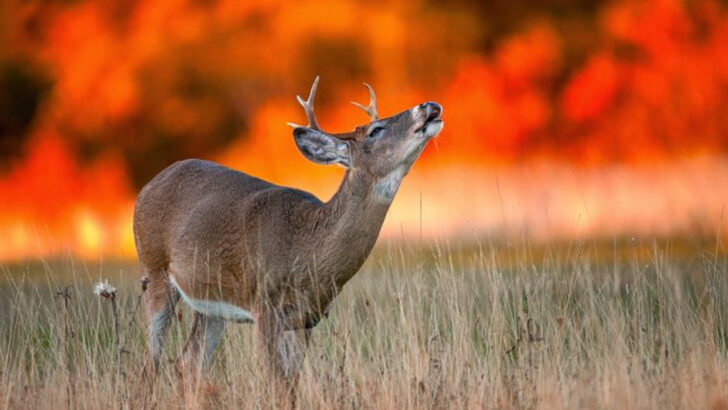When the forest burns, animals don’t just lose their homes—they lose their way.
Wildfires are tearing through habitats faster and hotter than ever before, turning once-safe territory into ash and confusion. For the animals caught in the chaos, survival means running, flying, burrowing—whatever it takes to escape the flames.
But what happens after the smoke clears? Migration routes vanish. Food disappears. Entire ecosystems are flipped upside down. A single fire can scatter generations of instinct and force species into places they were never meant to be.
This isn’t just nature being dramatic. It’s a crisis unfolding with every spark. And the wild is running out of places to go.
Forest Loss and Fragmentation

Wildfires lead to the loss and fragmentation of forests, which are crucial habitats for many species. The immediate destruction of vegetation forces animals to flee, often leading to increased stress and mortality rates.
For species that rely heavily on dense forest cover, such as the spotted owl, the loss of their habitat can lead to significant population declines.
Moreover, the fragmentation of forests disrupts migration routes and breeding grounds, making it challenging for animals to find food and mates. This changed environment often leads to increased competition and altered predator-prey dynamics.
Displacement and Migration Challenges
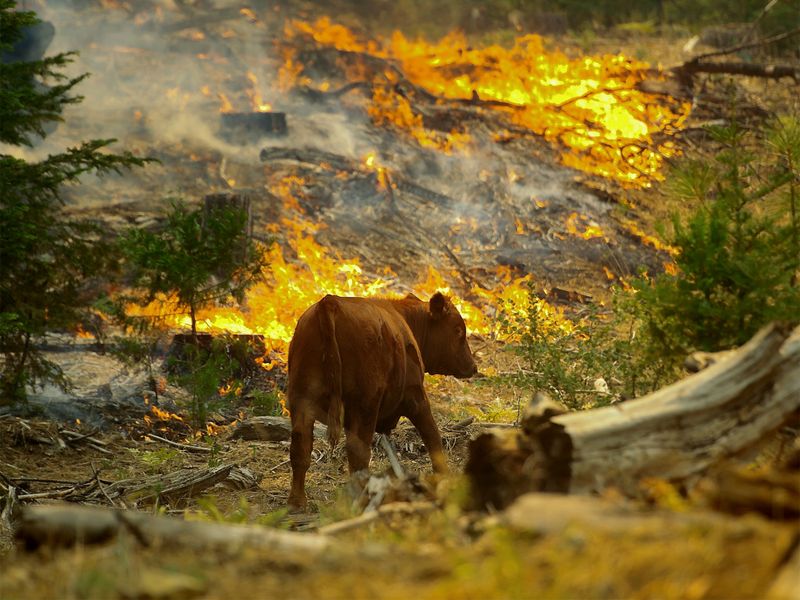
Wildfires can lead to the displacement of animals, forcing them to migrate to unfamiliar territories. This sudden movement can result in increased competition for resources in the new habitat.
Animals like deer and elk, which often move in herds, face the challenge of finding new grazing grounds.
Additionally, displaced animals may encounter human-populated areas, leading to conflicts and increased risk of accidents. The stress of displacement can affect their health and reproductive success, threatening the survival of entire species. Temporary shelters or corridors are critical for supporting displaced wildlife.
Changes in Food Availability
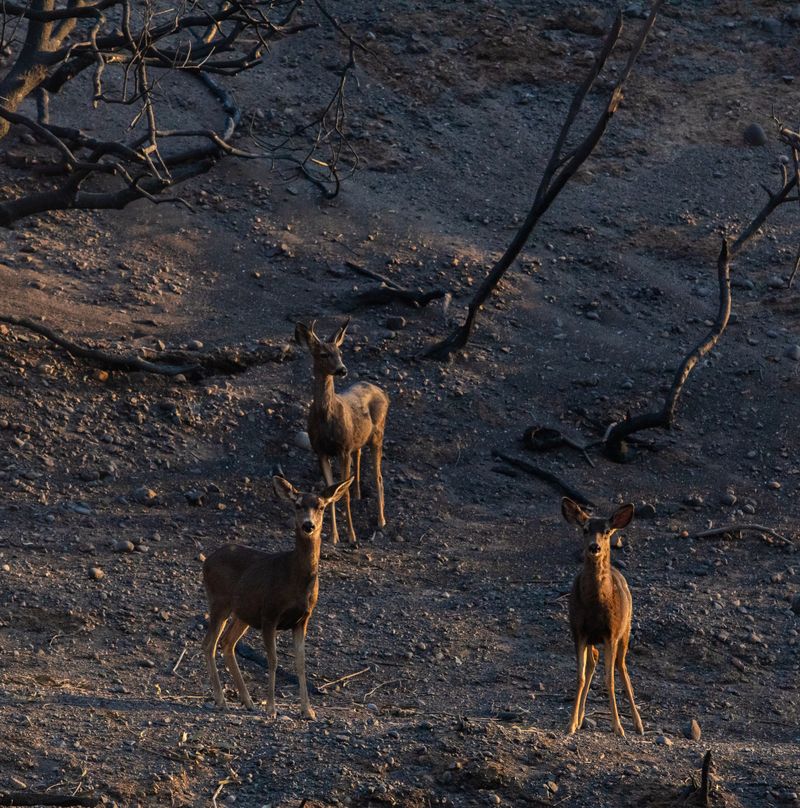
With the destruction of vegetation, wildfires drastically alter food availability for many animals. Herbivores, which depend on plants, must adapt to the new environment or face starvation.
Carnivores may find it difficult to locate prey, whose populations might have dwindled or moved.
This scarcity forces animals to travel longer distances in search of nourishment, impacting their energy reserves and overall health. In some cases, animals adapt by altering their diets, but this might not always be possible, leading to further challenges in survival and reproduction.
Impact on Breeding Patterns
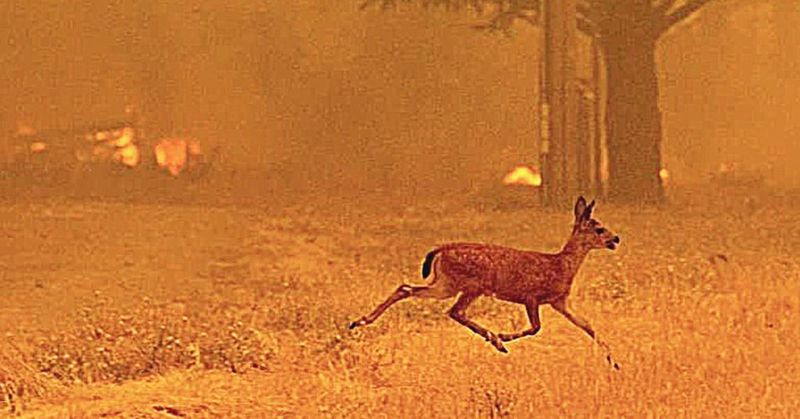
Wildfires can severely disrupt breeding patterns for many animals, affecting their reproductive success. Nesting birds, for instance, may lose their nests or eggs to flames, leading to a drop in population numbers.
For mammals, the lack of suitable habitat can lead to lower birth rates and increased infant mortality.
The stress from wildfires can also lead to hormonal changes, affecting reproduction. Animals may delay breeding or produce fewer offspring. Long-term impacts can include genetic bottlenecks and reduced biodiversity, challenging population recovery and ecosystem stability.
Altered Predator-Prey Relationships
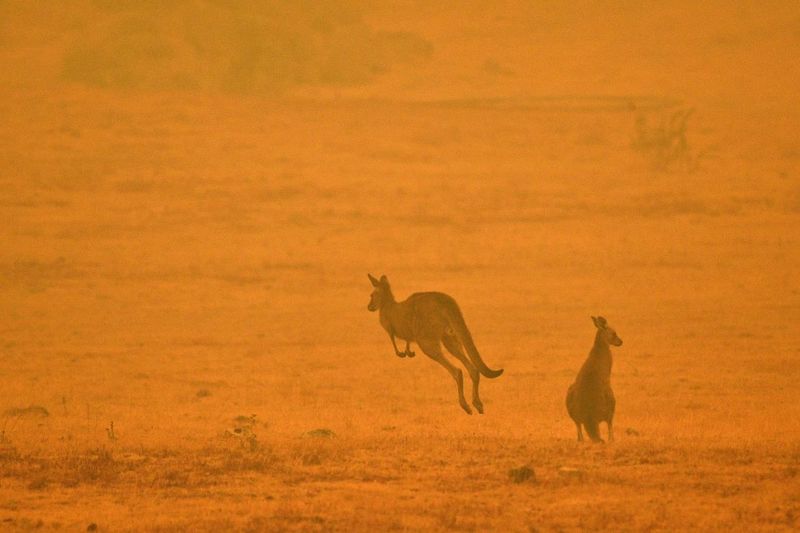
The aftermath of wildfires can alter predator-prey relationships, often tipping the balance in favor of predators. With reduced cover, prey animals become more vulnerable to predators.
This transparency in the landscape makes it difficult for prey to hide, leading to increased predation.
Conversely, predators may experience a temporary abundance of prey as animals are forced into open areas. Over time, however, the prey population might decline significantly, leading to a subsequent decrease in predator numbers, affecting the entire food web.
Habitat Suitability Shifts
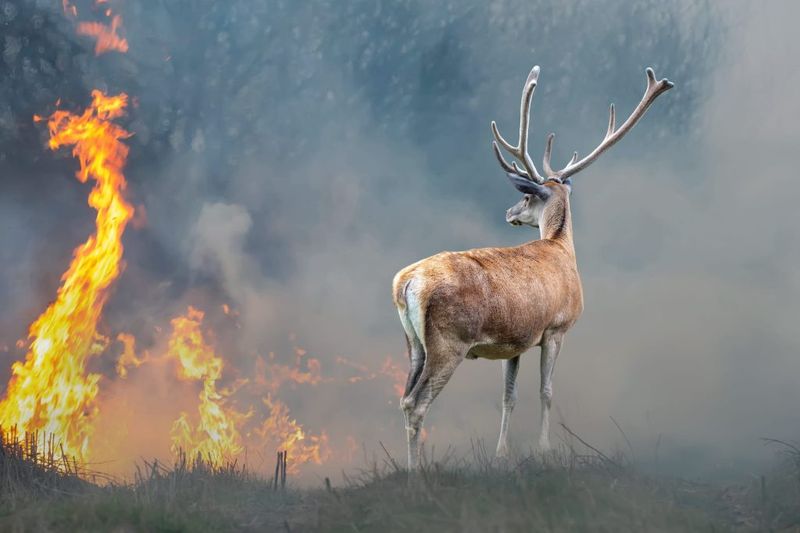
Post-wildfire environments often lead to shifts in habitat suitability, affecting which species can thrive. Some plants and animals may benefit from the new conditions, while others suffer.
Species that can adapt quickly to changes, such as certain insects and birds, may find new opportunities.
Conversely, specialized species that rely on specific conditions may struggle to survive. These shifts can lead to changes in species composition and diversity, altering ecosystem functions and services. Long-term, the landscape may evolve into a different habitat type entirely, impacting the resident wildlife.
Influence on Migration Timing

Wildfires can influence the timing of animal migrations, often causing them to occur earlier or later than usual. This shift can disrupt the synchrony between species and their environment.
For migratory birds, changes in food availability and weather patterns post-fire can lead to altered migration schedules.
This mistiming can affect their breeding success and survival rates, as arriving too early or late can result in insufficient resources. The long-term impact includes potential changes in migration routes and stopover sites, further challenging species’ adaptability to changing climates.
Loss of Shelter and Nesting Sites
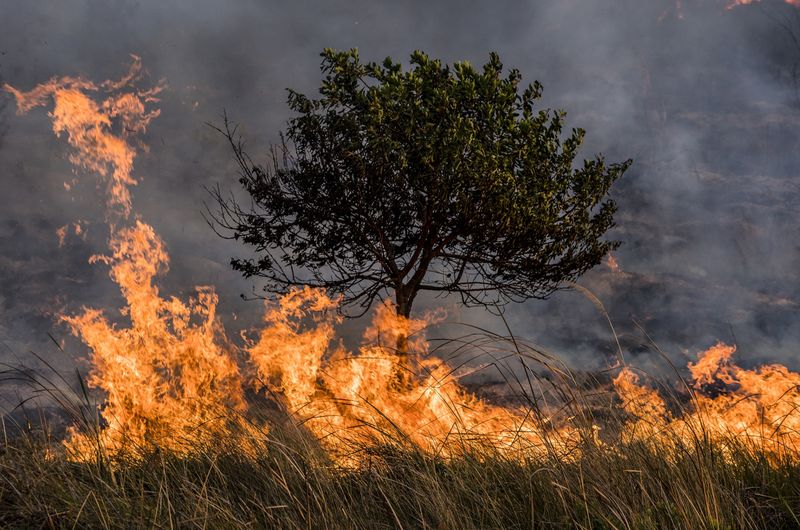
Imagine waking up to find your home reduced to ashes. This is the grim reality for countless animals after a wildfire. Birds lose their nests, mammals find their dens destroyed, and reptiles are left without their hiding spots.
The loss of shelter means increased exposure to predators and harsh weather conditions, compounding the struggle for survival.
Rebuilding these shelters is not always possible, especially when resources are scarce, leading to population declines and altered community structures.
Disrupted Communication and Social Structures
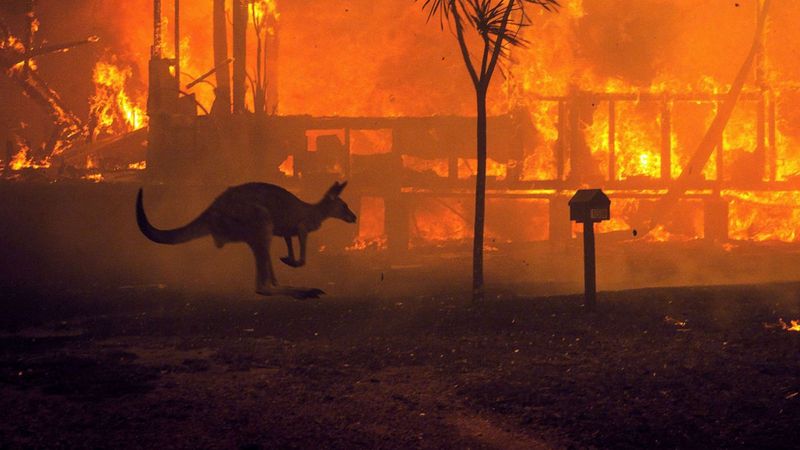
Wildfires not only destroy physical structures but also disrupt the complex social systems of many animal species. Communication through calls, scents, and movements becomes challenging in smoke-filled environments.
For social animals like wolves or elephants, maintaining group cohesion is critical for survival. The chaos of a wildfire can separate family members, leading to distress and disorientation.
These disruptions can have long-term effects on breeding success and community dynamics, as individuals struggle to reconnect or form new social bonds.
Soil Degradation and its Impact on Burrowing Animals
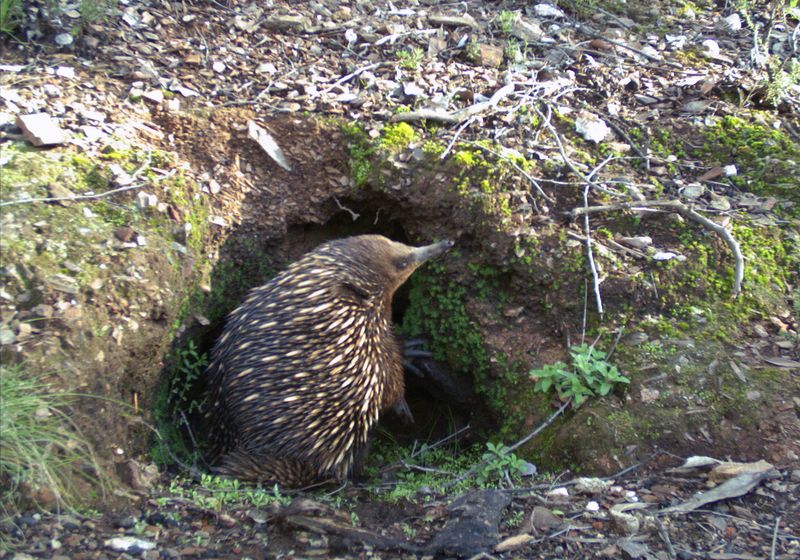
Beneath the surface, wildfires wreak havoc on soil integrity, affecting burrowing animals. The intense heat can sterilize the ground, eliminating vital nutrients.
Burrowing animals like rabbits and prairie dogs face collapsed homes and inhospitable living conditions. They struggle to find suitable ground for new burrows in the aftermath.
Such degradation impacts not only individual species but also the larger ecosystem dependent on these creatures.
Historically, some indigenous cultures have observed and adapted to these changes, understanding the cyclical nature of fire and regrowth.

